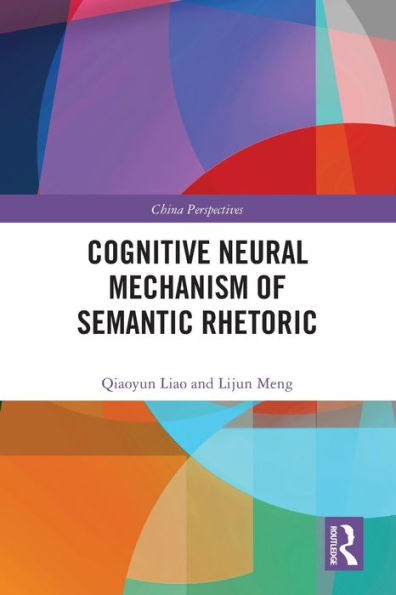This book is a necessary supplement to the theoretical exploration into semantic rhetoric, particularly a breakthrough in the study of the relationship between the source domain and target domain involved in the construction of semantic rhetorical discourse.
The study focuses on rhetorical expressions constructed by means of semantic variation or deviation of concepts. Based on the holistic cognitive pragmatic model and the framework of impartment and inheritance of connotation and denotation, this book constructs a new framework, the Annotation-Denotation Relevance-Inheritance Model (ADRIM) to explain the construing of semantic rhetoric. Besides, rooted in the Index Hypothesis Theory and the research paradigm of affordance derivation in language comprehension, three ERP experiments on metaphor, irony, and pun, are conducted to demonstrate the psychological reality that people activate possible feature extraction in the process of understanding semantic rhetoric. With those sample analyses and experiments, the feasibility and operability of ADRIM are proved. The book unfolds a combined approach of speculative research and empirical research, and can provide a new methodological alternative for semantic rhetorical studies in different languages.
This title will be an essential read to students and scholars of Linguistics, East Asian Studies, and social workers who are interested in Language Studies in general.
This book is a necessary supplement to the theoretical exploration into semantic rhetoric, particularly a breakthrough in the study of the relationship between the source domain and target domain involved in the construction of semantic rhetorical discourse.
The study focuses on rhetorical expressions constructed by means of semantic variation or deviation of concepts. Based on the holistic cognitive pragmatic model and the framework of impartment and inheritance of connotation and denotation, this book constructs a new framework, the Annotation-Denotation Relevance-Inheritance Model (ADRIM) to explain the construing of semantic rhetoric. Besides, rooted in the Index Hypothesis Theory and the research paradigm of affordance derivation in language comprehension, three ERP experiments on metaphor, irony, and pun, are conducted to demonstrate the psychological reality that people activate possible feature extraction in the process of understanding semantic rhetoric. With those sample analyses and experiments, the feasibility and operability of ADRIM are proved. The book unfolds a combined approach of speculative research and empirical research, and can provide a new methodological alternative for semantic rhetorical studies in different languages.
This title will be an essential read to students and scholars of Linguistics, East Asian Studies, and social workers who are interested in Language Studies in general.

Cognitive Neural Mechanism of Semantic Rhetoric
328
Cognitive Neural Mechanism of Semantic Rhetoric
328
Product Details
| ISBN-13: | 9781032361017 |
|---|---|
| Publisher: | Taylor & Francis |
| Publication date: | 05/27/2024 |
| Series: | China Perspectives |
| Pages: | 328 |
| Product dimensions: | 6.12(w) x 9.19(h) x (d) |
